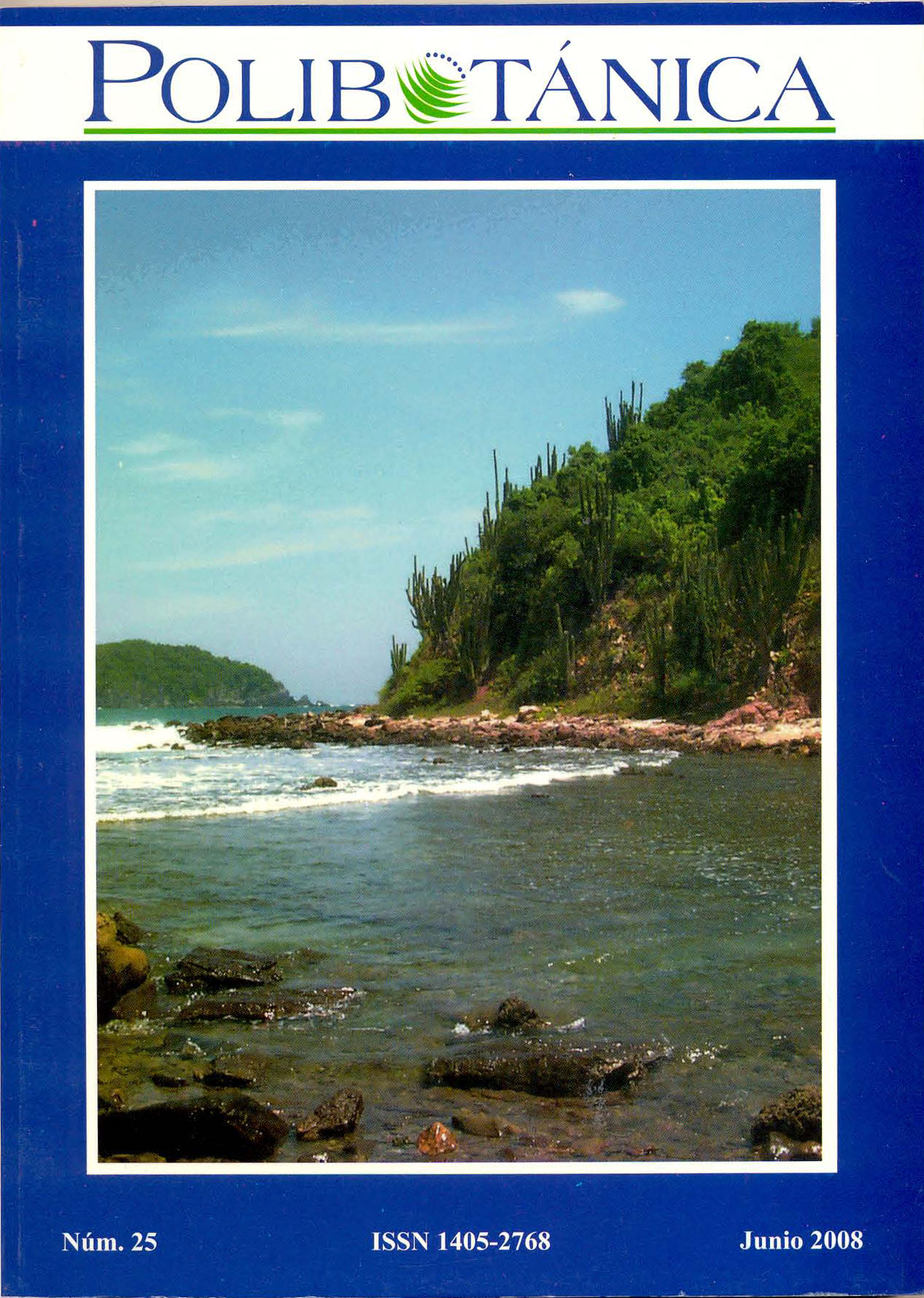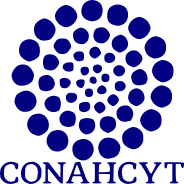EVALUACIÓN DEL CRECIMIENTO, ACTIVIDAD DE HEMOPEROXIDASAS Y REMOCIÓN DE FENANTRENO DE LOS CULTIVOS CELULARES DE FOUQUIERIA SPLENDENS Y FOUQUIERIA FASCICULATA
Abstract
Knowledge about the metabolic potential
of plants to transform and degrade xenobiotics has been generated by analyzing
responses of in vitro plant cell cultures to
contaminants, and these reactions have
been considered a useful tool to evaluate
the phytotoxicity, metabolic rates and persistence of xenobiotics in plants. The present
study evaluated phenanthrene removal by
suspension cell cultures of two species of
Fouquieriaceae, Fouquieria splendens and
F. fasciculata, focusing on the effect of the
presence of this contaminant on cell viability
and the activity of an enzymatic system.
The results in both cultures showed that there was no damaging effect by phenanthrene,
between 40 to 90% of which was removed
by the suspension cells. The cell cultures
of F. fasciculata have more phenanthrene
removal capacity compared to those of F.
splendens at the different lengths of time of
exposure to the contaminant.
An inductive effect of hemoperoxidase
activity was observed simultaneously with
phenanthrene removal; therefore, it is
possibly related to transformation of the
contaminant.
Downloads
Published
Issue
Section
License

Polibotánica by Departamento de Botánica de la Escuela Nacional de Ciencias Biológicas del Instituto Politécnico Nacional se distribuye bajo una Licencia Creative Commons Atribución-NoComercial-CompartirIgual 4.0 Internacional.




















